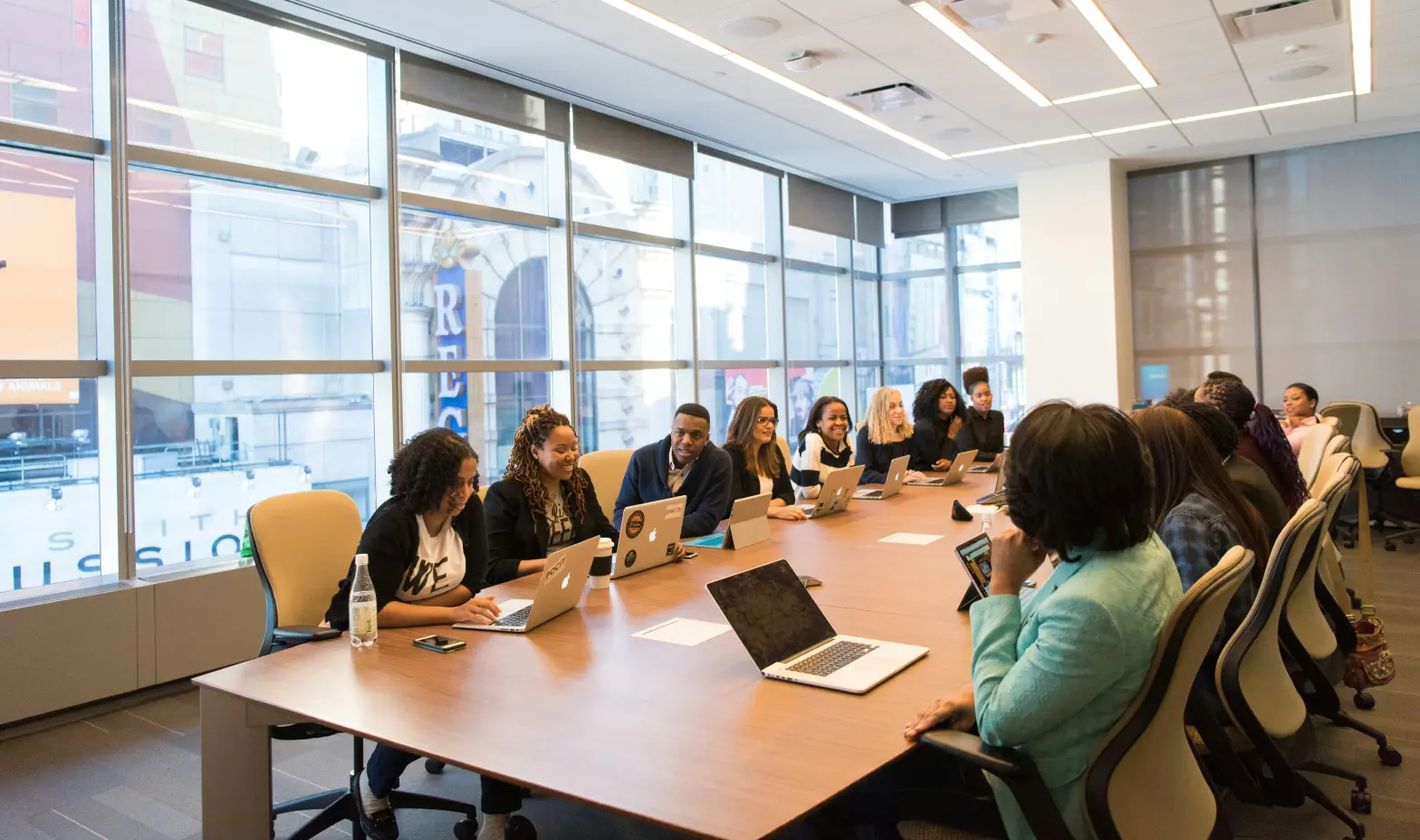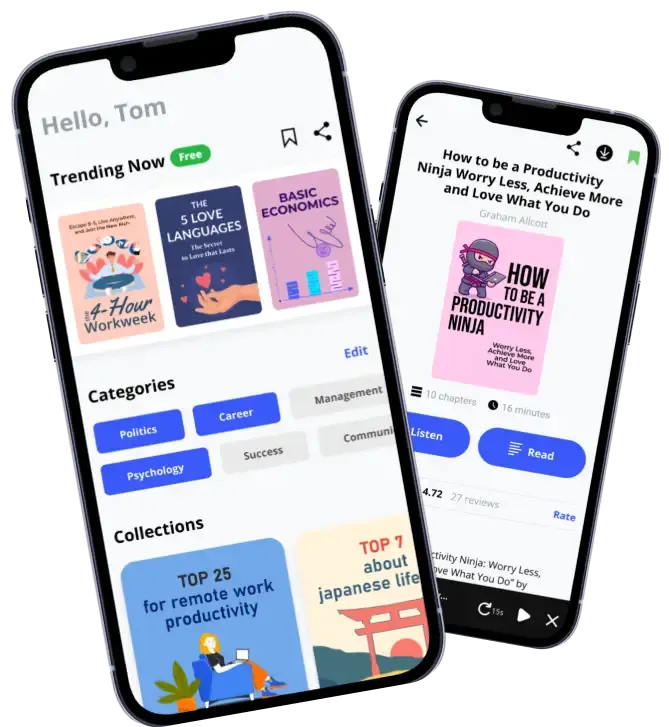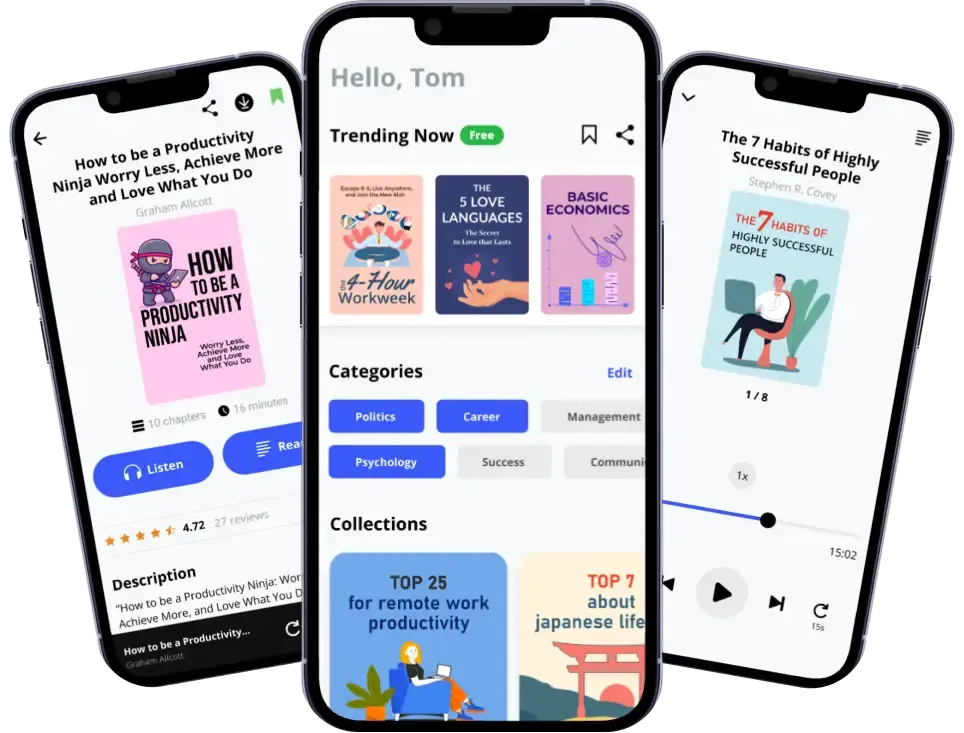Different races, genders, cultures, and identities can all help your company move forward, as you will be able to get to know the needs of each of your customers as best as possible. Use a brainstorming session with a company full of diverse people to see for yourself!
1. Create a great goal that unites the whole team
Everyone has a different reason for working: some want to help their family, some want to fulfill their ambitions, and some just don't need to get by. Nevertheless, when your colleagues come together, they become a team. And that team must have a common purpose for their work. This is the so-called “Why,” the achievement of which should become your credo, dream, and long-term goal.
However, many companies don't think much about their “Why,” and this approach rarely gets them anywhere. Come up with a reason that is clear and bold (so, for example, your “Why” is not “to sell sofas,” but “to reach the top of the ranking in upholstery sales 2029”). Convince every one of your subordinates, regardless of their position, cultural background, and role, that this is their job too. Read more about how to maintain this in the Start with Why book summary.

2. Use your inclusive cultures at your company to adapt to different markets
When it comes to entering the international market, you must have a clear understanding of what your audience wants and exactly what they don't want. For example, McDonald's made the face of its brand in France, not its famous Ronald the Clown, but characters from the French cartoon Astrichs and Obelix. In this way, the advertisement attracted many more French people. Besides the fact that this approach shows examples of good PR strategy, we can also trace good cross-cultural communication.
By including the largest number of people from different cultures in your team, you'll get a broad base of different views and suggestions. Don't think it's just about different countries — have people of different ages, genders, faiths, and identities on your team. That way, you'll know how not to offend your audience, but rather support them. Use the different advantages of cultural diversity and make the best out of it.

3. Allow cultural diversity at the workplace to lead you forward
All people in this world are individuals, and likewise, representatives of different groups have different peculiarities. While it is normal for young people to use slang in communication, older people may not accept it. Besides, did you know that representatives of different countries tend to have different norms of personal space boundaries? Thus, according to statistics, people from more densely populated countries have less personal space than people from sparsely populated countries.
Such differences in performance can cause conflict and disagreement. This, in turn, will significantly lower the productivity level of your organization. You must establish a clear and firm cultural code where you clearly spell out the norms and rules of behavior in the workplace. Use cultural differences at work in a way that benefits you, not harms you. Read The Culture Code summary to understand all these processes better.

4. Create trusting relationships with your coworkers
Of course, a culture code will not work without good communication. For example, if you decide to introduce a dress code in the workplace, you may get a lot of negative feedback and reduced productivity. However, if you discuss the reasons for your decision with your colleagues (hold a workshop on safety at work, for example, with a clear and constructive explanation of the reasons for your decision).
Build a relationship full of trust and understanding with your coworkers. Many people start using phrases like “We are all one family,” but this is not a good strategy. Colleagues should remain colleagues. Nevertheless, constant team building, a comfortable environment, and a peaceful atmosphere will help your coworkers feel at ease.

5. Encourage positive thinking at work
If you want to achieve a diverse work environment, you will include different people with different personality types (many employers even make their employees take that very popular 16 personality type test). However, such differences in people's personalities can mean different hindrances. For example, many pessimists and melancholics are prone to negativity instinct, when some internal factors make people think the world is worse than it is.
To avoid this kind of turmoil at work, your task is to build strong team support. Besides regular retreats, a corporate psychologist, and the possibility of rest due to burnout, you can also try different affirmations. So, at the beginning of work meetings, play games to put your coworkers in a positive mood. Try also hanging posters with motivational quotes around the office. Read more about it in the Factfulness book summary.

6. Make sure your subordinates respect you
There are many examples of cultural diversity in the workplace, but you must be an example to all your colleagues. Being a leader puts many obligations on us, and one of them is to be loved. You can be a wonderful leader, but your colleagues will not respect you if they find out that you are cheating on your wife with one of your colleagues. Let all your coworkers respect you, from the intern to the CFO.

7. Don't allow any discrimination in your workplace
Of course, a diverse work environment is a good thing. A variety of opinions and ideas is a definite plus, but that only works as long as those opinions and ideas don't offend others. When your coworker insults another coworker based on race, gender, sexual orientation, and so on, that's your cue to take decisive action.
8. Choose a person based on their positive qualities
However, in trying to find as many different people as possible, particularly enthusiastic leaders can pursue the wrong strategy. You can't hire an incompetent person just because they “get a word in edgewise.” Do that once, and rumors will grow around you after that. As a result, it's not so much you who will suffer but others in that group. Many haters, both inside and outside your company, will start saying that “such people are not capable of anything” and “only use the privileges that society gives them for nothing.”
To get the best results in a diverse work environment, it's not enough to just hire different people. You have to do ongoing internal work to support the needs of all those people. So, you have to make sure that your coworkers find a comfortable place in their work. Think not only about their mental health, but also their physical health. For example, think about making wheelchair users as comfortable as possible in the office and on their way to work (inclusive parking spaces, comfortable stairs).
Credentials:










